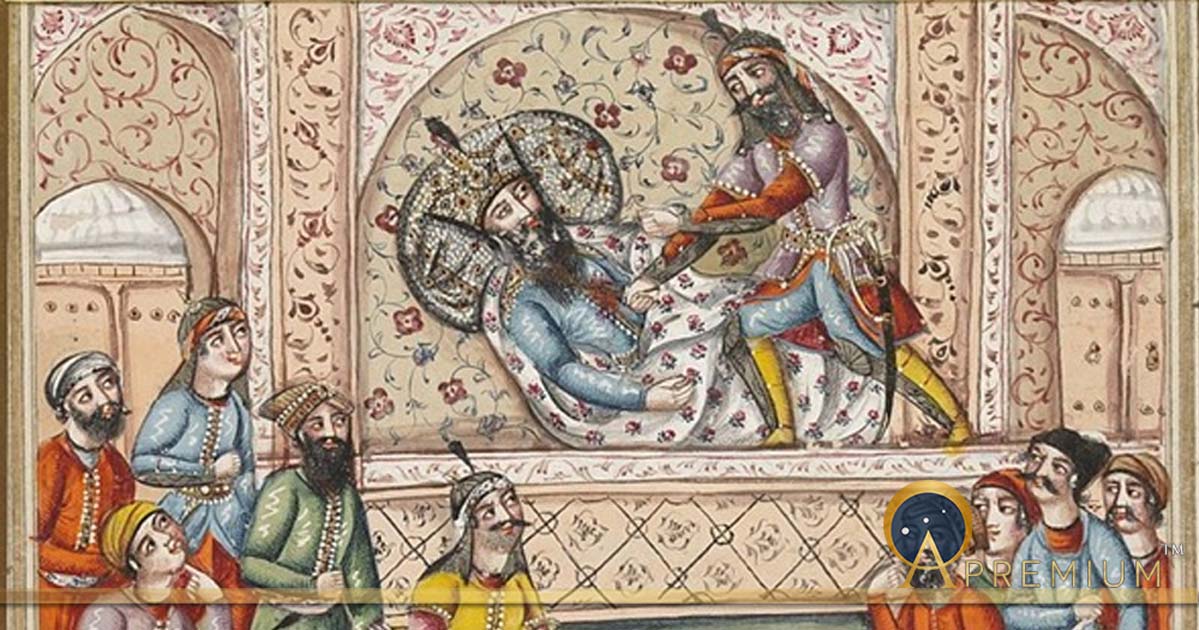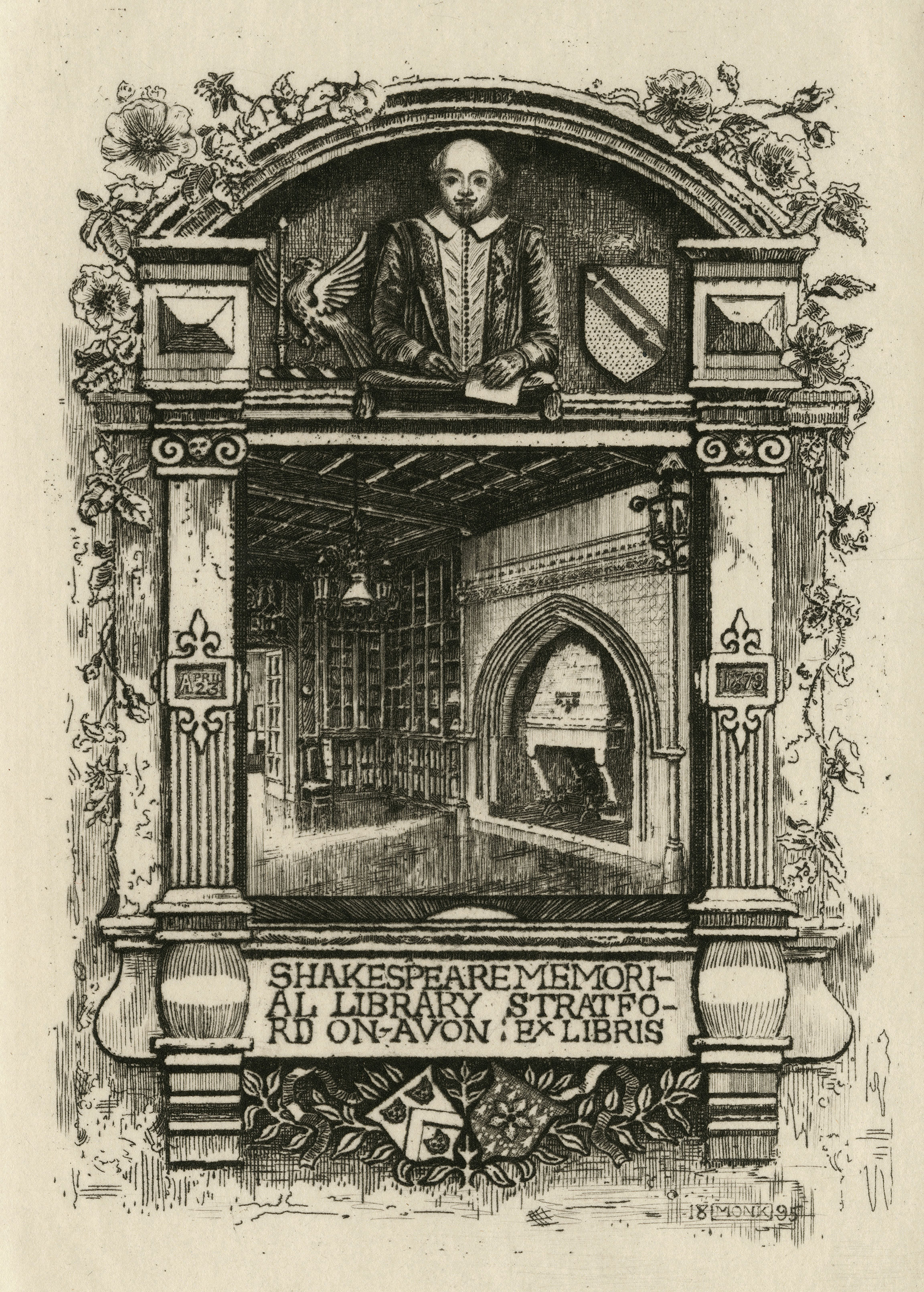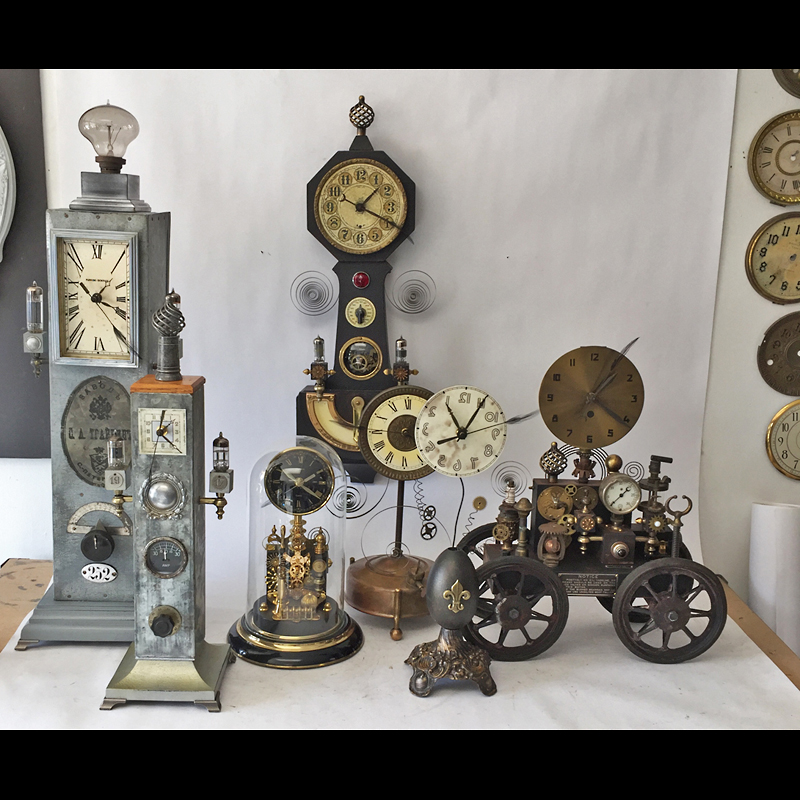via Boing Boing by Mark Frauenfelder
Watch this short video to understand why train wheels are conical instead of cylindrical and why they have rigid axles.
==============================
via the Big Think blog by Matt Davis
New research based on observational data from the Spitzer telescope provides clues as to how the universe first emerged from its dark age.
- Researchers using the Spitzer telescope were able to analyze some of the most distant and ancient galaxies in the universe.
- They discovered that these galaxies were far brighter than anticipated, shedding clues into how the universe first emerged from the "dark ages" that lasted until about a billion years after the Big Bang.
- This research serves as a stepping stone for future work to be conducted with the James Webb Space Telescope, scheduled to be launched in early 2021.
My belief is that God said "Let there be light" and there was light. And no, I do not believe in a day as we understand it today.
==============================
via ResearchBuzz: Firehose: Gavin Braithwaite-Smith at Motoring Research

Warning: if you intend to immerse yourself in the virtual world of Gordon Murray’s online exhibition, a lunch-hour won’t be enough. Tell your boss you need to spend the afternoon researching. Or something.
Continue reading
==============================
via Ancient Origins by Martini Fisher

Scene from the Shahnameh. Afrasiyab (standing figure) executes Nauzar (lying down), while two groups look on. (Wellcome Images / CC BY-SA 4.0 )
Star-crossed lovers, fathers killing sons and a warrior bride shackling her newlywed husband to the bed, all play a role in the legendary folklore of Persia’s most famous fabled family; that of Rostam and his ancestors and descendants.
Continue reading
==============================
via Interesting Literature
In this week’s Dispatches from The Secret Library, Dr Oliver Tearle reviews Kipling’s foray into the mystery genre with a psychic detective story
Previously, I’ve blogged about the intriguing micro-genre of the psychic detective story, a crossover short story genre which fuses the ghost story or weird tale with the mystery, or detective fiction. Arguably beginning with the Irish author Sheridan Le Fanu’s 1869 story ‘Green Tea’, the form was pioneered by the late Victorian writing team of E. and H. Heron with their Flaxman Low stories, but became really popular during the Edwardian era, with characters such as Algernon Blackwood’s John Silence and, shortly after this, William Hope Hodgson’s Thomas Carnacki and Alice and Claude Askew’s Aylmer Vance.
Continue reading
==============================
via Arts and Letters Daily: Stuart Kells in Lapham’s Quarterly
The Bard clearly read many books. Where did they go?

Shakespeare Memorial Library bookplate, 1895. Folger Shakespeare Library.
None of William Shakespeare’s friends and associates left behind a description of his library. Nor is there a record of it being dispersed at the time of his death. His will refers neither to books nor manuscripts. In fact, it gives no sign of a literary career at all, or even a literate one. Contemporary dramatists such as Francis Beaumont, Thomas Dekker, John Fletcher, Robert Greene, Thomas Heywood, and Ben Jonson all left behind plays in manuscript. No Shakespeare playscript, though, has ever been found. (Part of the manuscript of a play about Sir Thomas More has been attributed to Shakespeare, but the part is small and the attribution contentious.)
Continue reading
==============================
via About History
The transition from the republic to the imperial form of government led to a gradual erosion of the institutions of civil society. The Senate gradually lost its significance, local government was limited, and judicial bodies were subordinated to the imperial administration. By the beginning of the III century, the state system became a military-bureaucratic monarchy. However, the cultural and technological level of the empire still allowed it to dominate the barbarian environment.
Continue reading
==============================
via the OUP blog by Lyndsay Alberts

“Florence, Italy” by OpenPics. CC0 via Pixabay.
Between 1570 and 1575, Francesco I de’ Medici, Grand Duke of Tuscany, commissioned a private studiolo – a small room – in Florence’s Palazzo Vecchio. Four centuries later, a discovery in the archive changes our understanding of one the last great Renaissance studies.
Continue reading
Two nights in Florence was long enough for me to fall in love with the city.
==============================
via Interesting Literature
In this week’s Dispatches from The Secret Library, Dr Oliver Tearle reviews Orwell’s early novel about the struggles of the writer
Depending on your tastes, you can blame or congratulate George Orwell for Wetherspoons. When Tim Martin founded his chain of British pubs in the late 1970s, he took as his inspiration – a sort of unofficial literary blueprint, if you will – an essay of Orwell’s, ‘The Moon under Water’, published in the London Evening Standard in 1946. To this day, a number of Wetherspoon pubs are named The Moon under Water in honour of Orwell’s think piece, including the one in my hometown, Milton Keynes.
Continue reading
==============================
via Boing Boing by Cory Doctorow

Roger Wood, the bonkers steampunk assemblage clock sculptor, just sent this to his Klockwerks mailing list: "This is what I created in February."
See Klockwerks
No comments:
Post a Comment